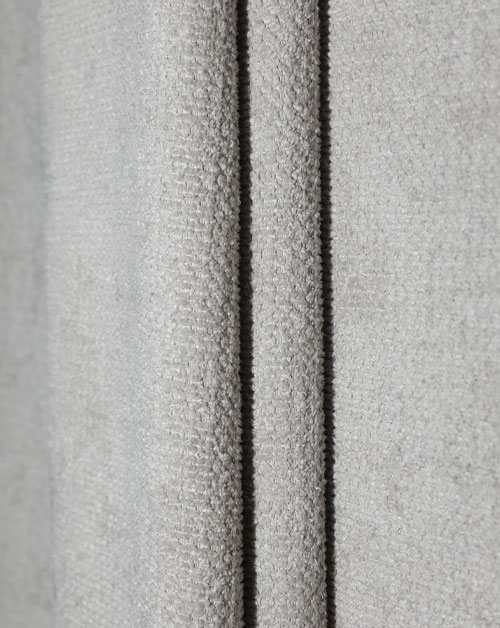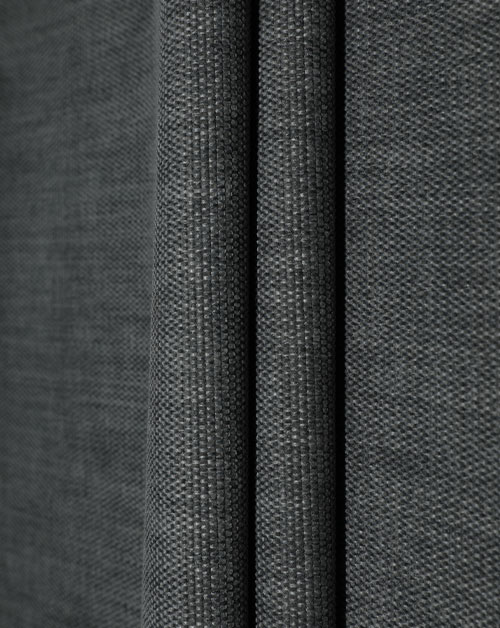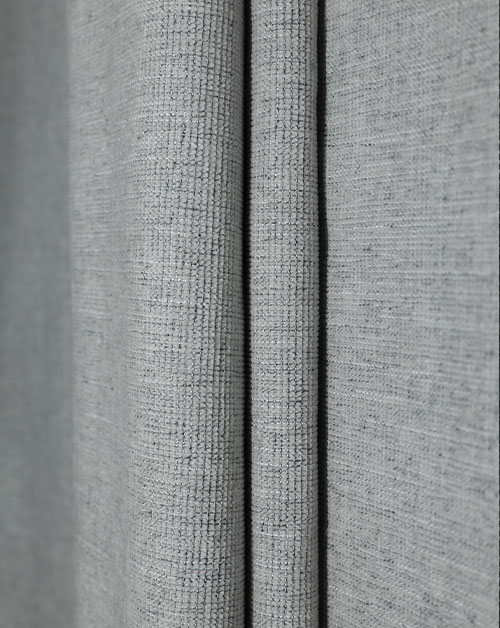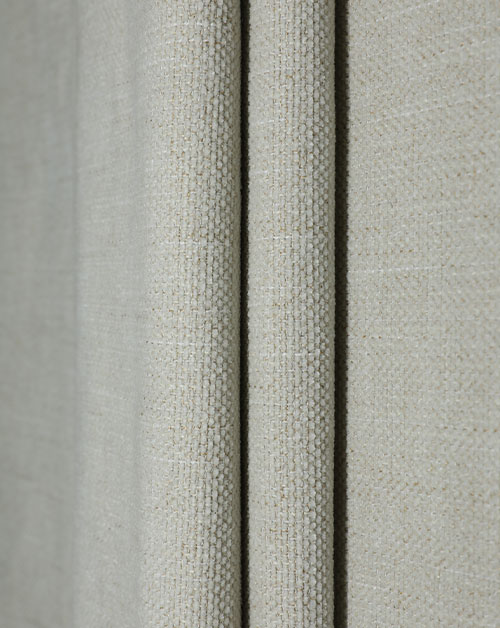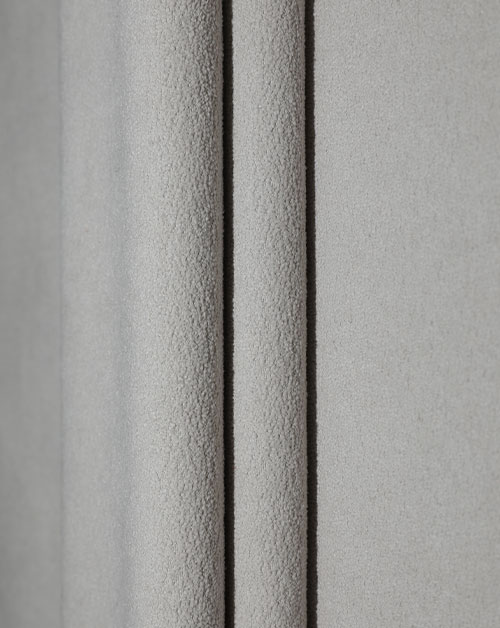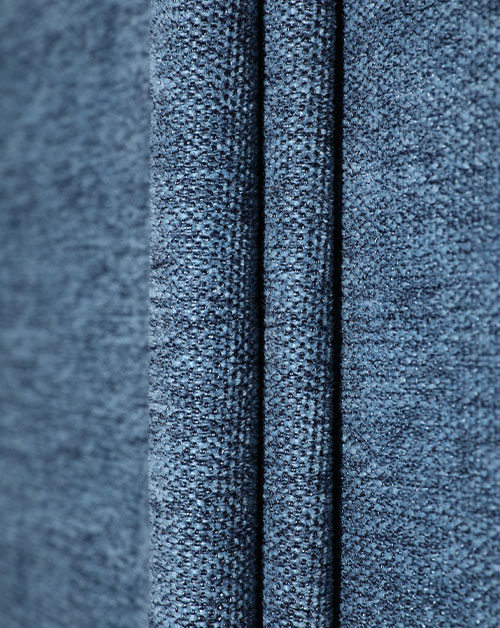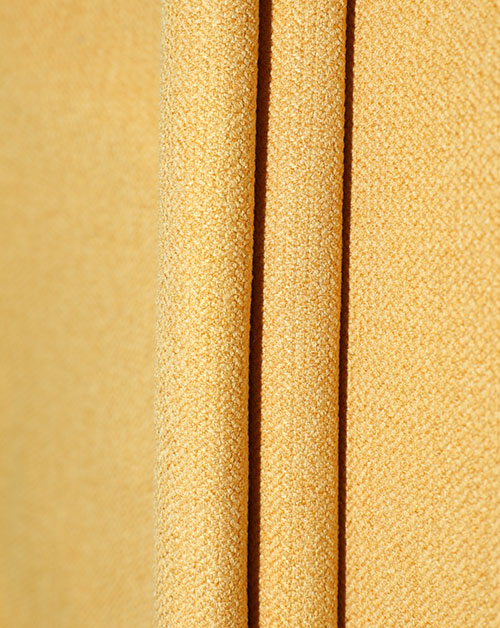In modern home and commercial design, curtains serve not only as a tool for light regulation and privacy protection but also as a decorative element that embodies aesthetics and quality of life. Curtain fabric plays a central role in all of this. Choosing the right curtain fabric not only determines the functionality of the curtains but also impacts the overall visual quality and comfort of the space.
Analysis of Curtain Fabric Material Characteristics
Curtain fabric comes in a wide variety of materials, including natural fibers, synthetic fibers, and blends. Natural fibers such as cotton, linen, and silk offer excellent breathability and a soft touch, creating a warm and natural light and shadow effect. Synthetic fibers such as polyester and nylon offer excellent durability, wrinkle resistance, and color stability, making them ideal for environments with frequent use or demanding functionality. Blended materials combine the comfort of natural fibers with the strength and stability of synthetic fibers, making them a key choice for high-end curtain fabrics.
The choice of material directly influences the drape, light-blocking properties, and feel of curtain fabric. High-density fabrics generally offer better drape and light-blocking properties, while lightweight fabrics are suitable for sheer curtains, creating a soft, inviting atmosphere. In commercial spaces or hospitality projects, durable and stain-resistant synthetic fibers are often preferred, while in home settings, natural fibers, which emphasize tactility and a natural feel, are more popular.

Curtain Fabric Craftsmanship and Weaving Technology
Curtain fabric's weaving process directly influences its appearance, texture, and performance. Modern curtain fabrics combine traditional textile techniques with high-precision mechanical weaving technology to achieve a diverse range of designs, textures, and functions. Basic weaves such as plain, twill, and satin create diverse visual effects, while jacquard, jacquard, and embroidery techniques add a luxurious texture and unique artistic flair.
Dyeing and finishing are also crucial aspects of curtain fabric. Modern dyeing techniques achieve high color saturation and durability, while the use of environmentally friendly dyes meets the demands of green buildings and eco-friendly homes. Functional finishing processes impart additional properties to curtain fabrics, such as fire resistance, antistatic treatment, UV protection, or antimicrobial treatment. These features not only enhance safety but also expand the fabric's application scenarios.
The Diverse Applications of Functional Curtain Fabric
As the focus on comfort and health in residential and office environments increases, the functional requirements of curtain fabrics continue to rise. Blackout curtain fabrics effectively block strong light and UV rays, protecting furniture and flooring from fading. Soundproof curtain fabrics, through fiber density and multi-layered design, improve indoor acoustics, providing an ideal solution for high-density residential and office spaces. The rise of smart homes is also driving the integration of curtain fabrics with automation systems, enabling convenient remote control and light adjustment.
Stain resistance and easy-cleaning properties are increasingly valued by consumers. High-performance coatings and surface treatments enable curtain fabrics to resist dust and liquid penetration, extending the fabric's lifespan and reducing ongoing maintenance costs. These functional fabrics hold significant market value in hotels, hospitals, and high-traffic commercial spaces.
The Aesthetic and Spatial Design Value of Curtain Fabric
Curtain fabric is not only a functional carrier but also a key expression of spatial design. Fabrics of varying textures, colors, and textures can imbue a space with distinct styles. Heavy, dark fabrics create a calm and intimate atmosphere, while light, bright fabrics create a transparent, natural light. The choice of fabric pattern also directly influences the visual layering. Geometric textures and abstract patterns inject vitality into modern, minimalist spaces, while classic florals and embroidery bring an elegant touch to traditional styles.

In commercial spaces, curtain fabric can also enhance brand image and user experience through color matching, material texture, and functional properties. Different functional areas, such as meeting rooms, dining spaces, and hotel rooms, have distinct visual and functional requirements for curtain fabrics. This requires professional designers to comprehensively consider the spatial location, lighting conditions, and frequency of use when selecting curtain fabric.
As a core element of curtain design and spatial aesthetics, curtain fabric's material selection, weaving process, functionality, and innovative applications all directly impact the overall spatial effect and user experience. From the soft texture of natural fibers to the high-performance functionality of synthetic fibers, from classic craftsmanship to intelligent innovation, the diversity and professionalism of Curtain fabrics offer a wealth of possibilities for interior design. For designers and consumers, understanding and mastering the properties of Curtain fabrics is key to achieving a perfect combination of aesthetics and functionality.

 English
English 中文简体
中文简体 русский
русский عربى
عربى